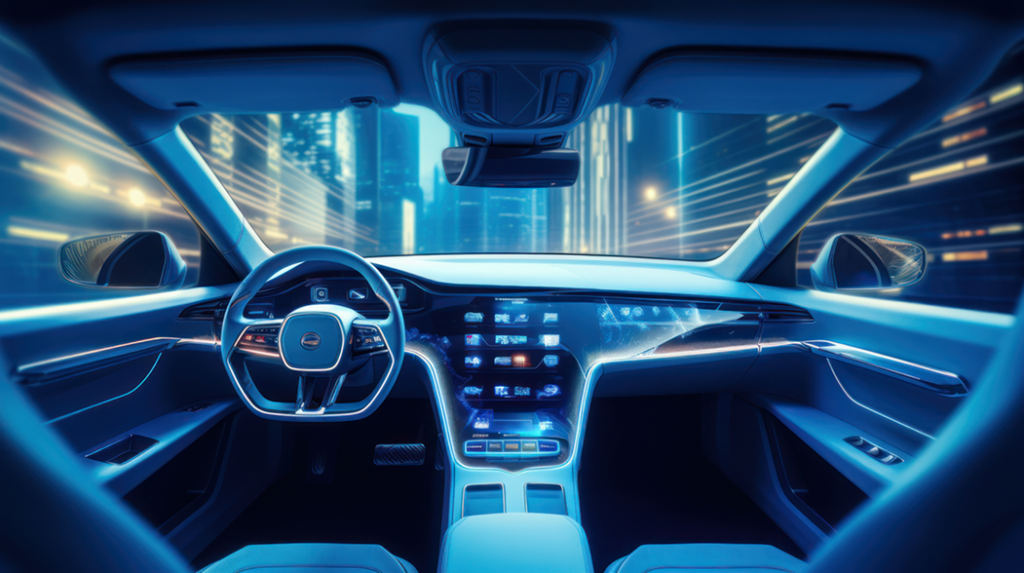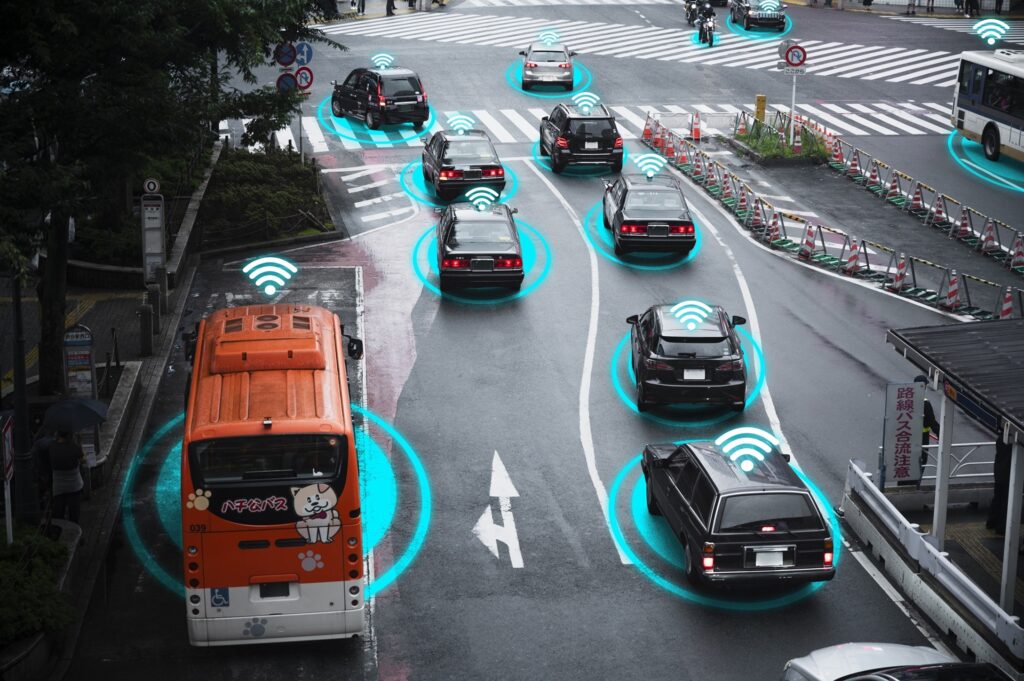Advanced Driver Assistance Systems (ADAS) refers to a set of electronic technologies and features designed to assist drivers in the driving process and enhance safety on the road. These systems use sensors, LiDAR, cameras, radar etc to provide real-time feedback, warnings and automated functions to help prevent accidents and reduce the severity of collisions.
Table of Contents
What is Advanced Driver Assistance Systems?
ADAS (Advanced driver-assistance systems) employ electronic technologies within a vehicle to assist the driver, utilizing sensors like radar and cameras for environmental perception. These systems provide information to the driver or take automatic actions based on their assessments.

ADAS contributes to enhanced driver performance, alerting the driver to potential hazards, such as other vehicles or cyclists, through features like blind spot warning or rear backup warning.
For instance, when the vehicle detects an object in a location beyond the driver’s visibility, the system issues timely alerts. Lane departure warning activates if the system determines the vehicle is drifting out of its lane. Effective ADAS systems can significantly reduce road accidents, which are often a result of driver mistakes.
These systems operate at various levels, encompassing features like backup cameras, blind-spot warning sensors, lane departure warnings, adaptive cruise control, self-parking, and more.

Image by Freepik
The future extension of ADAS envisions fully autonomous self-driving vehicles that eliminate the need for a human driver. Major global automotive manufacturers such as General Motors, Volvo, Toyota, Ford, Hyundai, Volkswagen, Tesla, BMW, Renault, Mercedes-Benz, Tata and Audi are investing substantial amounts in ADAS technology development.
This technology finds applications not only in conventional cars, trucks, and buses but also in diverse sectors such as farming, construction, and military vehicles.
Key features of ADAS
- Collision Avoidance Systems: ADAS includes various collision avoidance technologies such as Forward Collision Warning (FCW), Automatic Emergency Braking (AEB), and Adaptive Cruise Control (ACC). These systems monitor the road ahead and can detect potential collisions with other vehicles, pedestrians, or obstacles. They provide visual and audible warnings to the driver and can automatically apply the brakes to prevent or mitigate a collision.
- Lane Departure Warning (LDW) and Lane Keeping Assist (LKA): LDW systems monitor the vehicle’s position within the lane and alert the driver if the vehicle starts to drift out of the lane without using turn signals. LKA systems can actively intervene and steer the vehicle back into the lane if necessary.
- Blind Spot Monitoring (BSM) and Rear Cross-Traffic Alert (RCTA): BSM uses sensors to monitor the vehicle’s blind spots and provide warnings if another vehicle is detected in those areas. RCTA alerts the driver to approaching vehicles when backing out of a parking space.
- Parking Assistance: ADAS offers various parking assistance features, such as parking sensors, 360-degree camera views, and automated parking systems that can help drivers navigate tight parking spots or even park the vehicle autonomously.
- Traffic Sign Recognition (TSR): TSR systems use cameras and image processing to detect and read traffic signs, such as speed limits and stop signs, and display the information to the driver on the dashboard or head-up display.
- Night Vision Systems: Night vision systems use infrared cameras to detect and display objects, pedestrians, or animals that may be difficult for the driver to see in low-light or dark conditions.
- Driver Monitoring Systems: Some ADAS implementations include driver monitoring systems that use cameras and sensors to track the driver’s attention and alertness, helping prevent fatigue-related accidents.
Final Thoughts
ADAS technologies are a significant step toward the development of fully autonomous vehicles, as they lay the foundation for automated driving functions. While ADAS systems are designed to assist drivers and improve safety, they are not meant to replace the driver’s responsibility.
Drivers should remain attentive, follow traffic rules and be ready to take control of the vehicle at any time, even when ADAS features are active.
